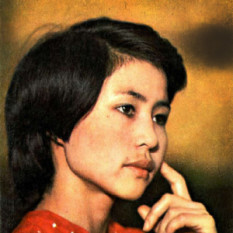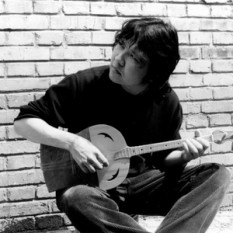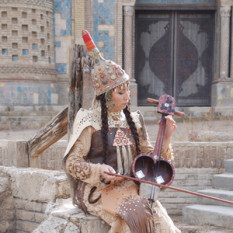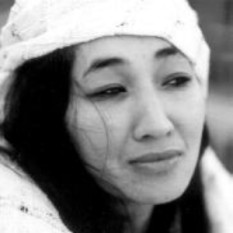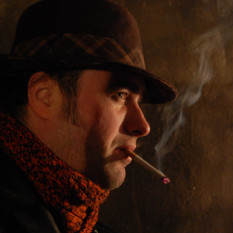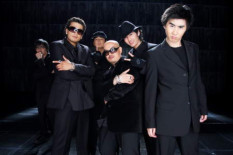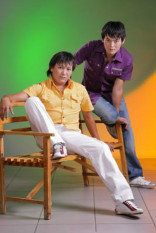The modern state of Kazakhstan is home to the Kazakh State Kurmangazy Orchestra of Folk Instruments, the Kazakh State Philharmonic Orchestra, the Kazakh National Opera and the Kazakh State Chamber Orchestra. The folk instrument orchestra was named after Kurmangazy Sagyrbayuly, a famous composer and dombra player from the 19th century.
When referring to traditional Kazakh music, authentic folklore must be separated from "folklorism". The latter denotes music executed by academically trained performers who aim at preserving the traditional music for coming generations. As far as can be reconstructed, the music of Kazakhstan from the period before a strong Russian influence consists of following genres:
Instrumental music, with the pieces ("Küy") being performed by soloists. Text is often seen in the background (or "program") for the music, as a lot of Küy titles refer to stories.
Vocal music, either as part of a ceremony such as a wedding (mainly performed by women), or as part of a feast. Here we might divide into sub genres: epic singing, containing not only historical facts, but as well the tribe's genealogy, love songs, didactic verses; and as a special form the composition of two or more singers in public (Aitys), of dialogue character and usually unexpectedly frankly in content.
The Russian influence on the music life in Kazakhstan can be seen in two spheres: First, the introduction of musical academic institutions such as concert houses with opera stages, conservatories, where the European music was performed and taught, second, by trying to incorporate Kazakh traditional music into these academic structures. Controlled by the Russian Empire and then the Soviet Union, Kazakhstan's folk and classical traditions became connected with ethnic Russian music and Western European music. Prior to the 20th century, Kazakh folk music was collected and studied by ethnographic research teams including composers, music critics and musicologists. In the first part of the 19th century, Kazakh music was transcribed in linear notation. Some composers of this era set Kazakh folk songs to Russian-style European classical music.
The Kazakhs themselves, however, did not write their own music in notation until 1931. Later, as part of the Soviet Union, Kazakh folk culture was encouraged in a sanitized manner designed to avoid political and social unrest. The result was a bland derivative of real Kazakh folk music. In 1920, Aleksandr Zatayevich, a Russian official, created major works of art music with melodies and other elements of Kazakh folk music. Beginning in 1928 and accelerating in the 1930s, he also adapted traditional Kazakh instruments for use in Russian-style ensembles, such as by increasing the number of frets and strings. Soon, these styles of modern orchestral playing became the only way for musicians to officially play; Kazakh folk was turned into patriotic, professional and socialist endeavors
The current situation could be described as the effort to rediscover the traditional music as it had been practiced before the heavy influence of European musical styles. Although the quality of the performances and the striving for authenticity cannot be ignored, it is for methodological reasons important to remember that the contemporary musicians performing among traditional folk music are all well trained professionals (Rauchan Orazbaeva, Ramazan Stamgazi).
Another very challenging aspect arises from the young composers generation, and the rock and jazz musicians, as they aim to incorporate their traditional heritage into the music they learned from the western cultures, thus forming a new stage of "ethnic contemporary classics", respectively ethnic rock or jazz music that sounds distinctly Kazakh. For the classical sector outstanding: Aqtoty Raimkulova, for jazz: "Magic of Nomads", Rock: Roksonaki, URKER, Ulytau.
.

